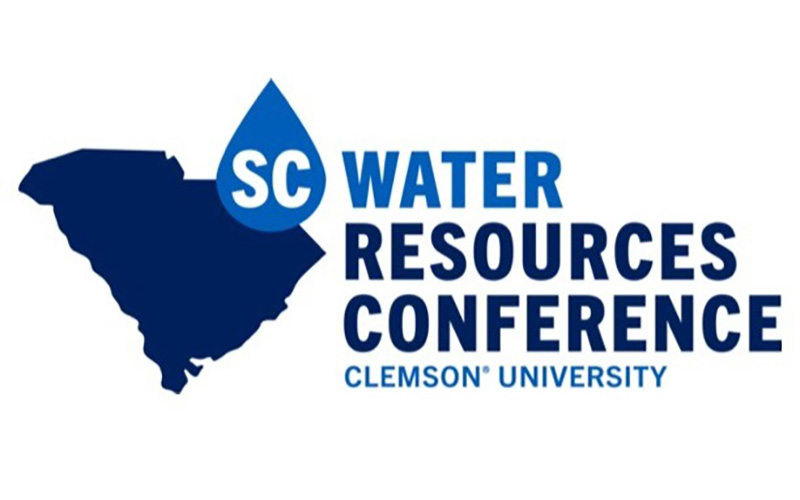Long-Term Ecohydrologic Monitoring: A Case Study from the Santee Experimental Forest, South Carolina
Article Type
Full Research Article
Volume
6
Issue
1
DOI
https://doi.org/10.34068/JSCWR.06.05
Abstract
Long-term research on gauged watersheds within the USDA Forest Service’s Experimental Forest and Range (EFR) network has contributed substantially to our understanding of relationships among forests, water, and hydrologic processes and watershed management, yet there is only limited information from coastal forests. This article summarizes key findings from hydrology and water-quality studies based on long-term monitoring on first-, second-, and third-order watersheds on the Santee Experimental Forest, which are a part of the headwaters of the east branch of the Cooper River that drains into the harbor of Charleston, South Carolina. The watersheds are representative forest ecosystems that are characteristic of the low-gradient Atlantic Coastal Plain. The long-term (35-year) water balance shows an average annual runoff of 22% of the precipitation and an estimated 75% for the evapotranspiration (ET), leaving the balance to groundwater. Non-growing season prescribed fire, an operational management practice, shows no effects on streamflow and nutrient export. The long-term records were fundamental to understanding the effects of Hurricane Hugo in 1989 on the water balance of the paired watersheds that were related to vegetation damage by Hugo and post-Hugo responses of vegetation. The long-term precipitation records showed that the frequency of large rainfall events has increased over the last two decades. Although there was an increase in air temperature, there was no effect of that increase on annual streamflow and water table depths. The long-term watershed records provide information needed to improve design, planning, and assessment methods and tools used for addressing the potential impacts of hydrologic responses on extreme events; risk and vulnerability assessments of land use; and climate and forest disturbance on hydrology, ecology, biogeochemistry, and water supply.
Takeaway(s)
none
Recommended Citation
Amatya, Devendra M. and Trettin, Carl C.
(2019)
"Long-Term Ecohydrologic Monitoring: A Case Study from the Santee Experimental Forest, South Carolina,"
Journal of South Carolina Water Resources: Vol. 6
:
Iss.
1
, Article 5.
DOI: https://doi.org/10.34068/JSCWR.06.05
Available at:
https://open.clemson.edu/jscwr/vol6/iss1/5






